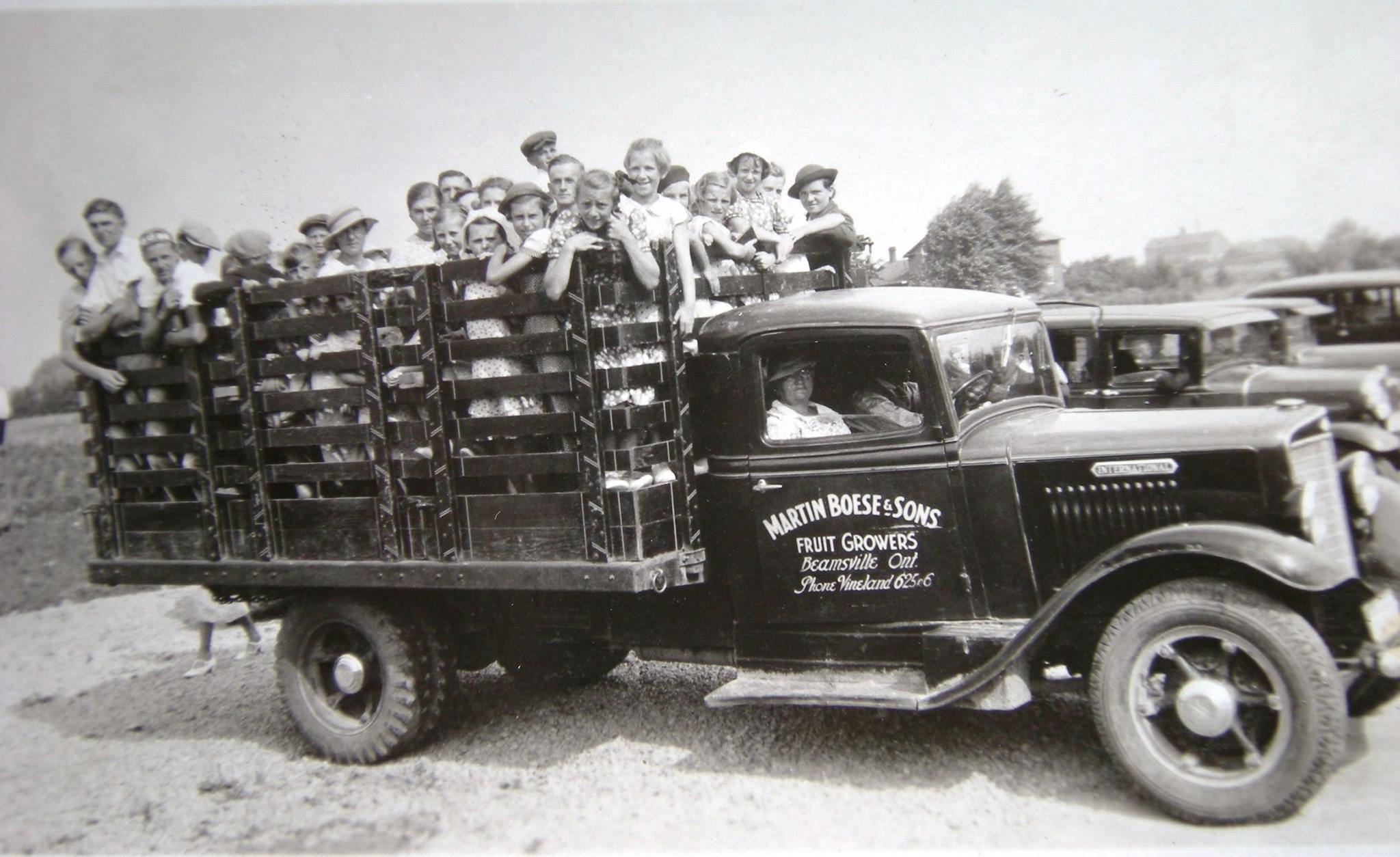



















Our Story
Unrest in the former Russian Empire led to the re-examination of Mennonite consciousness regarding their values. By the 1870s Mennonites the first wave of immigrants started moving to North America. The Czar's demise and the emergence of communism accelerated the need to leave the Russian homeland creating a second wave of arrivals in the 1920s. By the end of WWII a third wave escaped to find their way to Canada and South America. At the same time thousands unable to leave found themselves in Siberian exile.
Within this historical context the Vineland United Mennonite Church congregation evolved. Our story begins in 1924 when 1000 Mennonite immigrants found themselves in Ontario. Some of these ended up in Vineland where the Swiss Mennonites from Pennsylvania had established Canada's first Mennonite church in 1786. The Swiss welcomed the new immigrants and helped them in their new homeland. More immigrants arrived in the next few years resulting in the establishment of our congregation under church leadership from Waterloo under the guidance of Rev Jacob H Janzen.
As more immigrants arrived local church leaders included John Wichert, Cornelius K Neufeld, Nick Fransen & Dietrich H Koop. During this time choirs, Sunday school & youth programs emerged. In 1936 we secured our own charter officially establishing the Vineland United Mennonite Church. As the congregation grew, the small meeting place in the Fretz machine shed was getting crowded. As a result a new church building was built on Victoria Avenue in 1937. At this time German was still the principal language used; however, by the late 1950s we adopted a dual English/German system. After WWII the next major wave of immigrants arrived in Vineland necessitating another move in 1957. At this time our present building was built on Menno Street. In 1966 our 450 members decided to build additional space to accommodate the large numbers of children attending Sunday School. Marriage & community friendships added a broader spectrum mosaic of backgrounds into our faith community.
Throughout the 70s, 80s & 1990s our building was fully utilized by growing programs and activities. However, by 2010 it became evident that smaller families, movement of our youth to larger cities in search of jobs, and a slowly aging congregation required less space. At that time we began to share our facility with the Adoration United Reformed congregation.
We openly invite anyone interested to join our fellowship.
